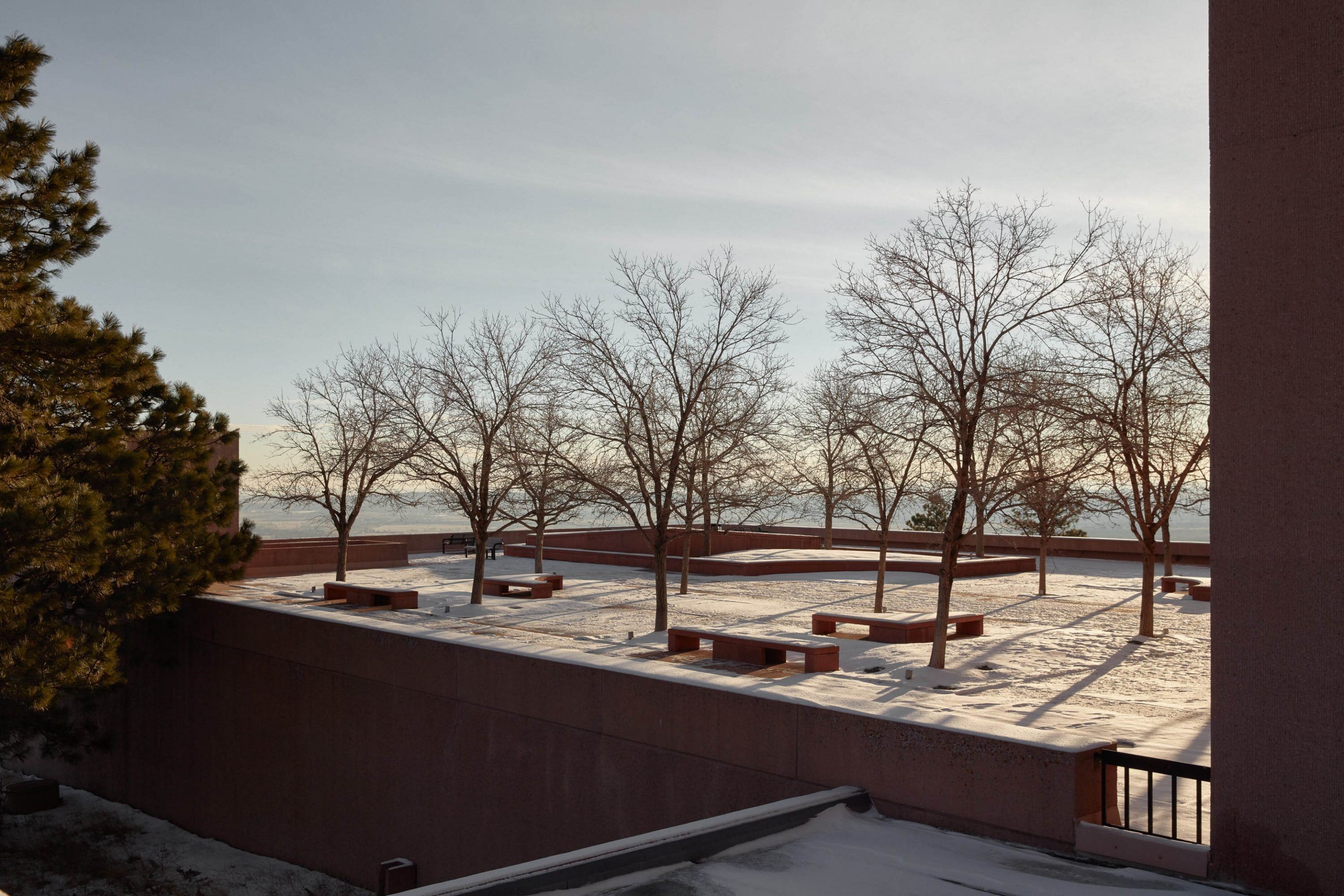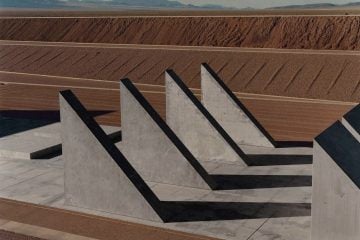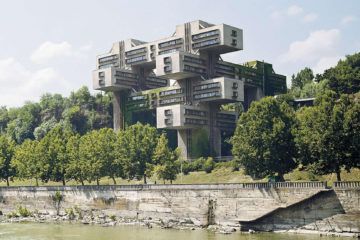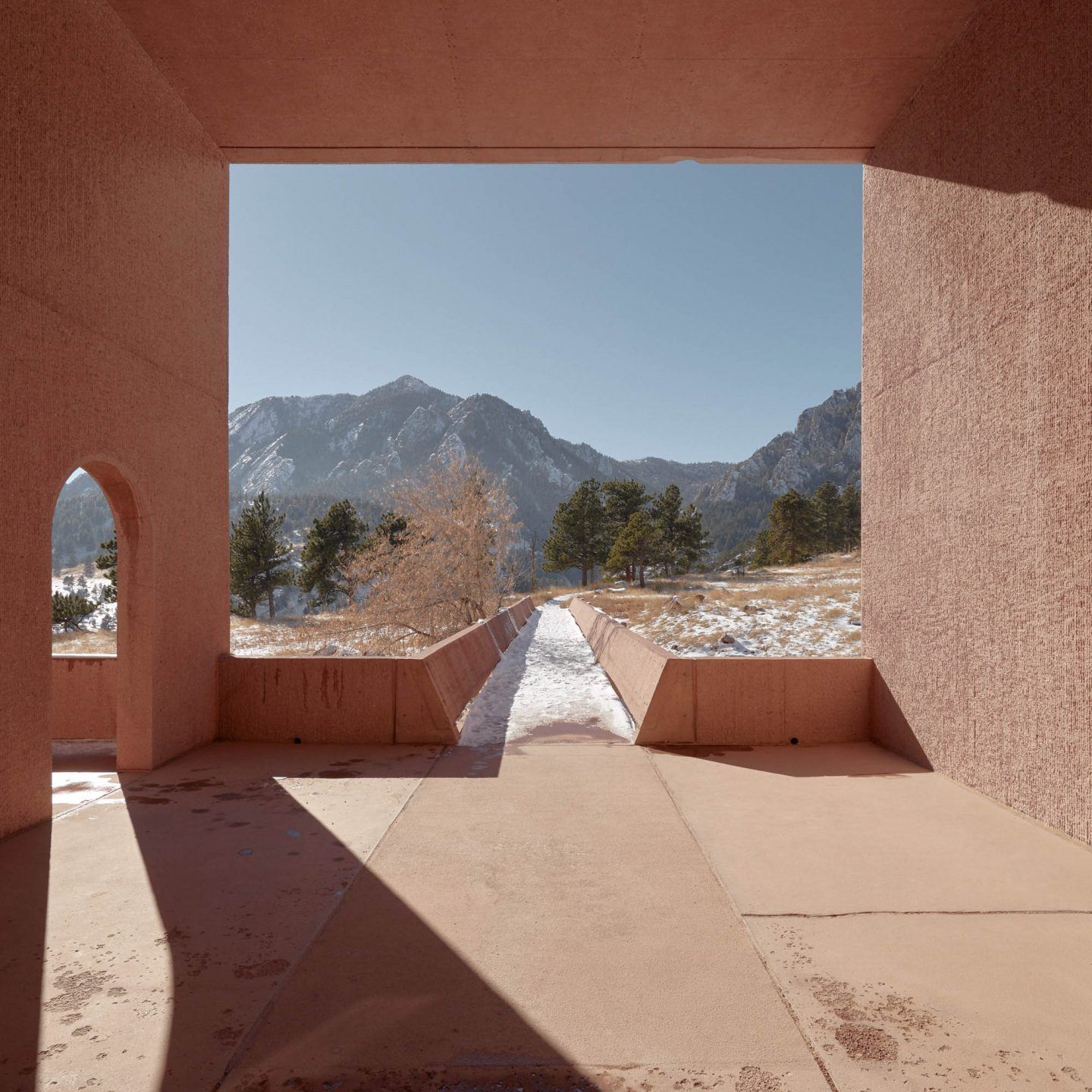
I.M. Pei’s Blush-Pink Concrete Laboratory Is A Lesson In Monumental Modernity
- Name
- I.M. Pei
- Project
- Mesa Laboratory
- Images
- Tom Ross
- Words
- Rosie Flanagan
Set amongst the foothills of the Rocky Mountains, just outside of Boulder, Colorado, is the monumental Mesa Laboratory—a blush-pink modernist complex designed by Pritzker Prize-winning architect I.M. Pei in the late 1950s.
Pei, who passed away in June this year aged 102, championed a bold modernist style that experimented with strict systems of geometries and shapes. Known best for the glass pyramid that sits atop the Louvre in Paris, it can be said that regardless of scale, Pei’s work was always exquisitely considered. Inspired by his own experience of Pei’s JFK Memorial Library, Australian photographer Tom Ross determined to photograph the sculptural concrete building, arriving in Boulder in time to capture the laboratory as the sun began to set.
The Mesa Laboratory was completed in 1961 and marked the beginning of a new period within Pei’s working style. Despite being used for scientific purposes, the scale of the space gives it a sense of atmosphere akin to spaces of prayer and worship. Built as a part of the National Centre for Atmospheric Research, the complex measures at over 26,000 square meters and draws formally upon the landscape and history of the area. Pei looked to the Ancestral Puebloan design of the cliff dwellings in Mesa Verde National Park for inspiration. Built between 1190 CE and 1260 CE in the southwest of Colorado, the cliff dwellings are made from sandstone, mortar, and wooden beams, and together form a compact village.
In a similar way, the Mesa Laboratory has been arranged as a neighborhood; designed as a series of blocks set in smaller clusters. For Pei, it was important for the buildings to exist in dialogue with one another and their natural surroundings. The poured concrete exterior of the building has been colored to match the mountains that backdrop the laboratory—the tone so similar to the landscape that the buildings appear to have been carved from it.
“Pei earned the luxury of controlling the context as well as the building”, Ross explains. “In this case, the building is set against the backdrop of the Rocky Mountains, so rather than an urban environment, his design is responding to something much more primal, and universal. Bold, simple, and timeless, his architecture for me, has always taken on a spiritual scale.”
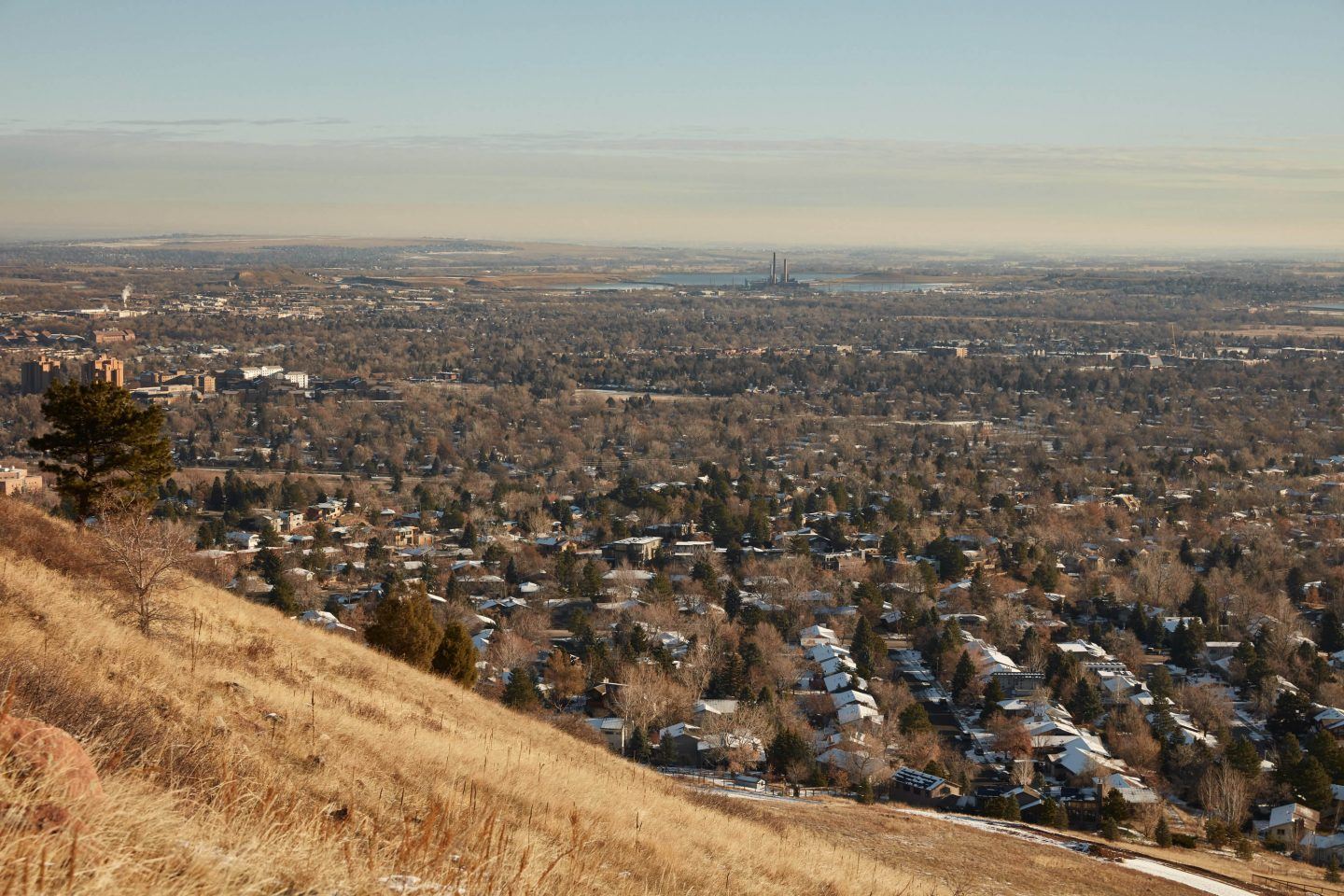
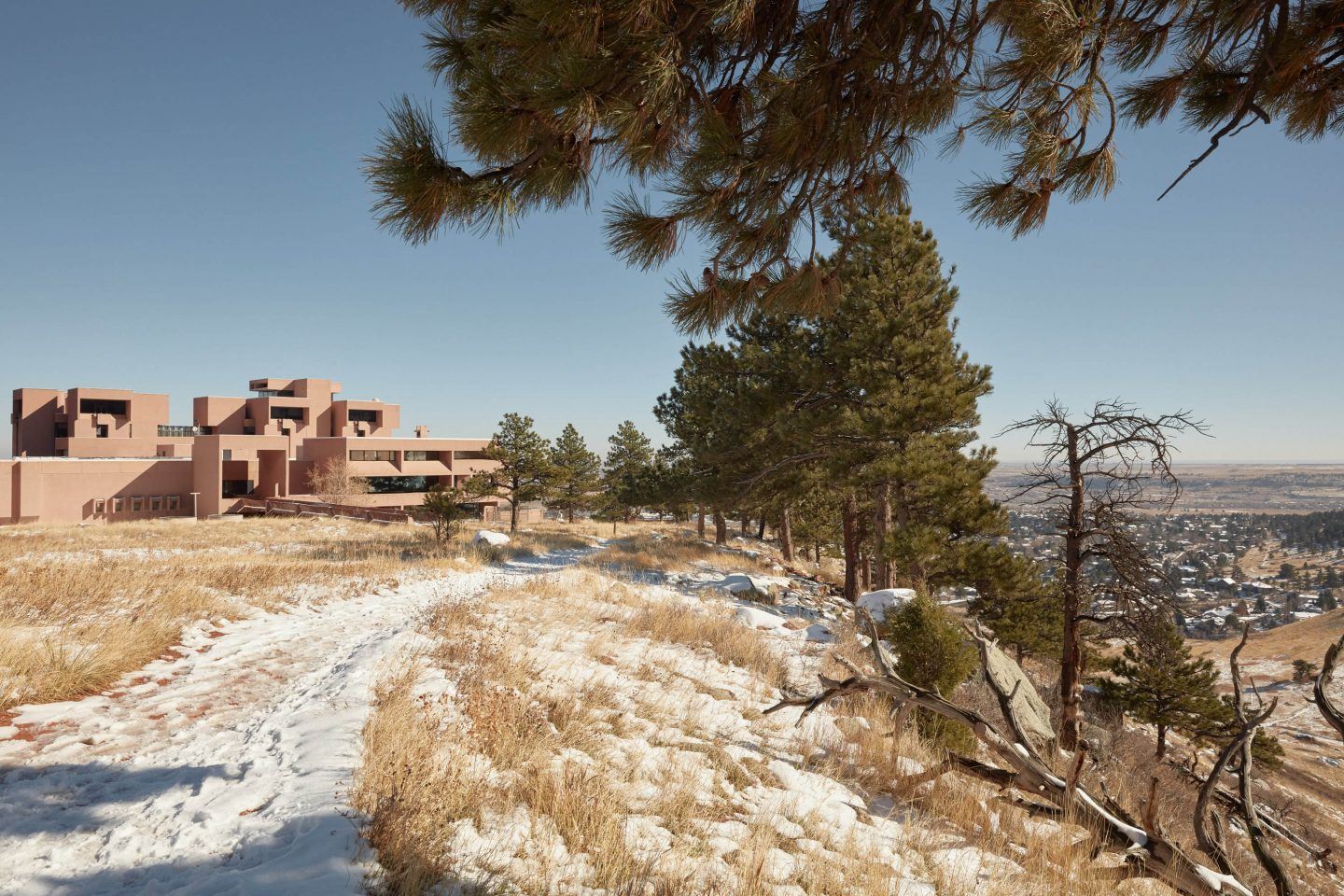
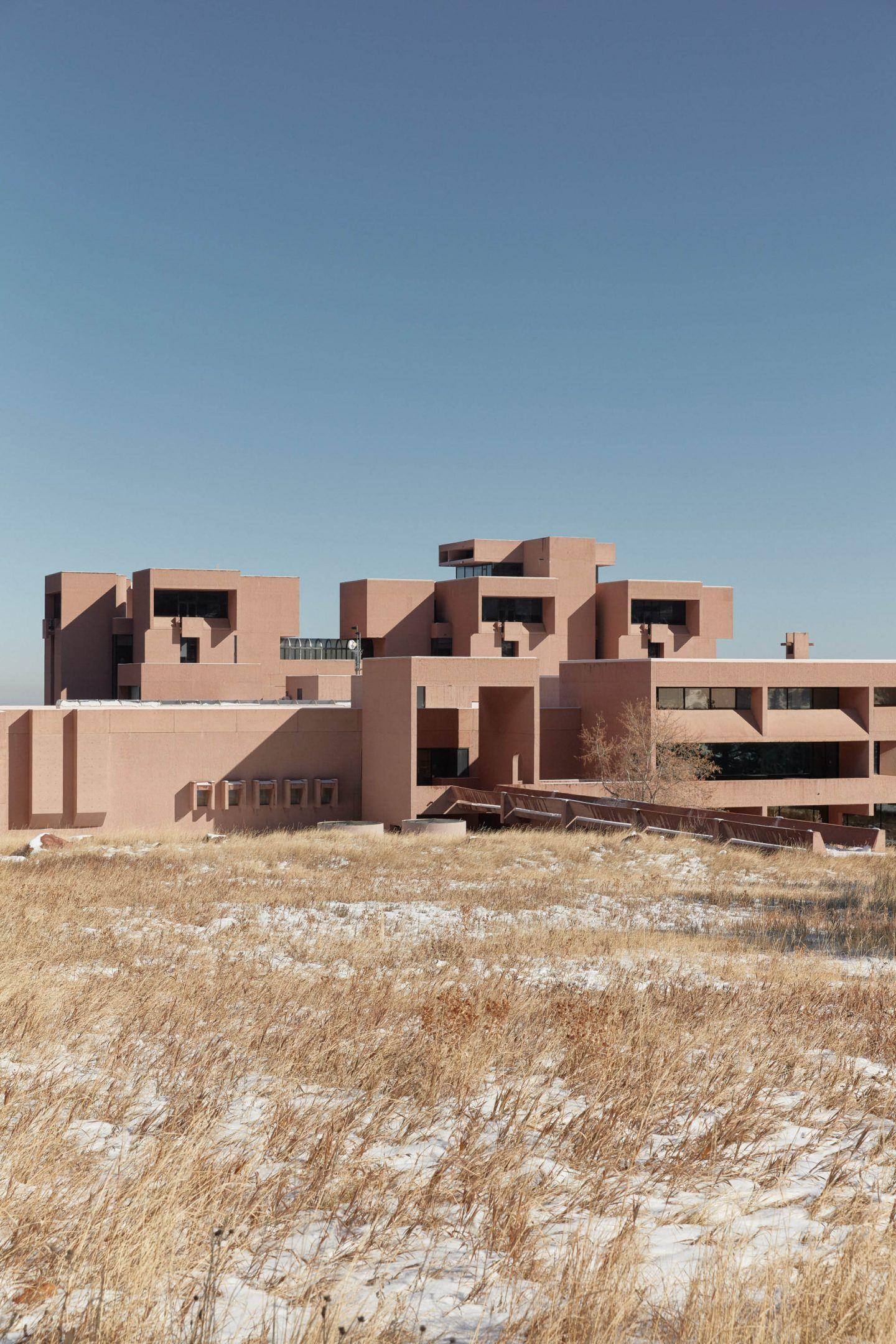
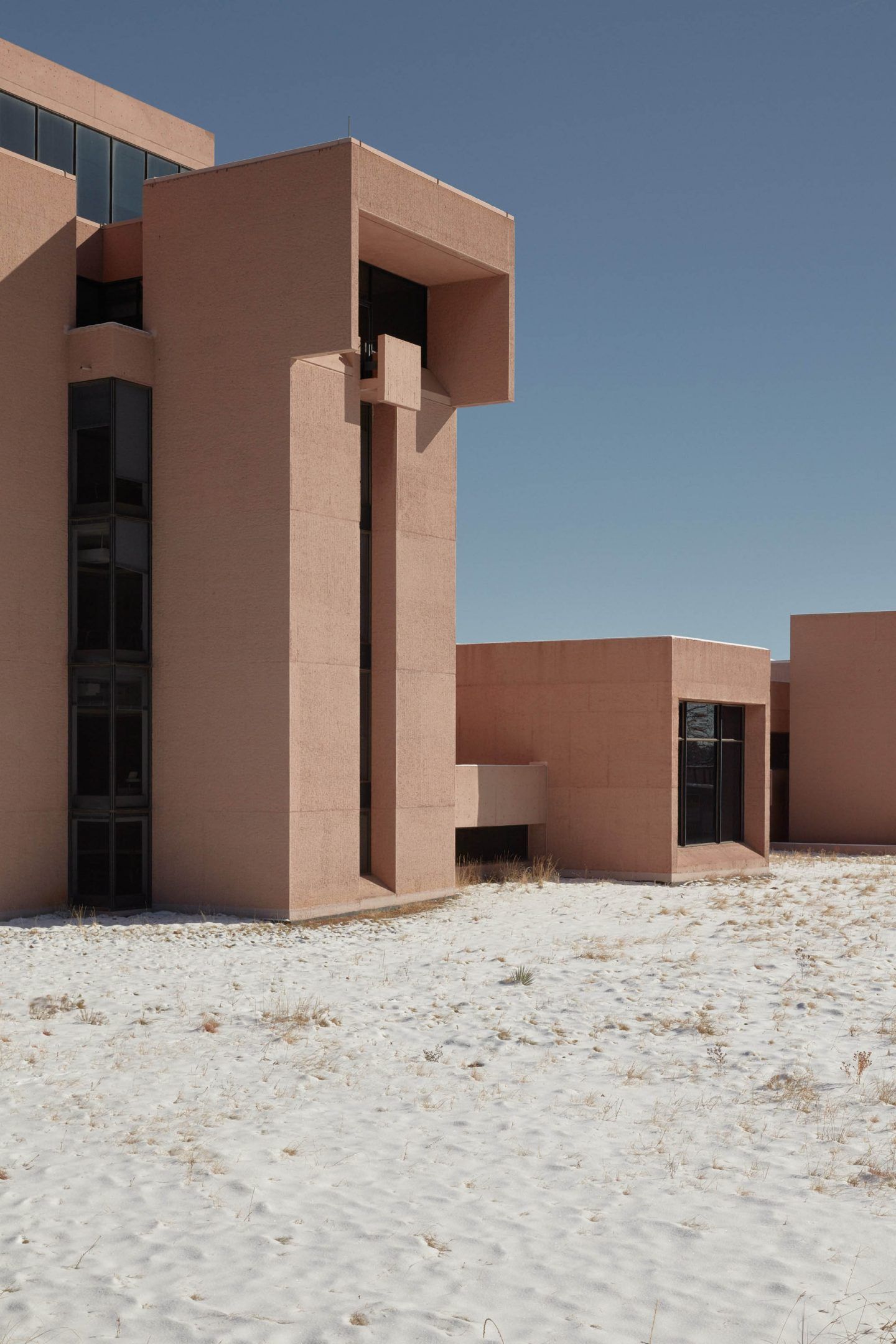
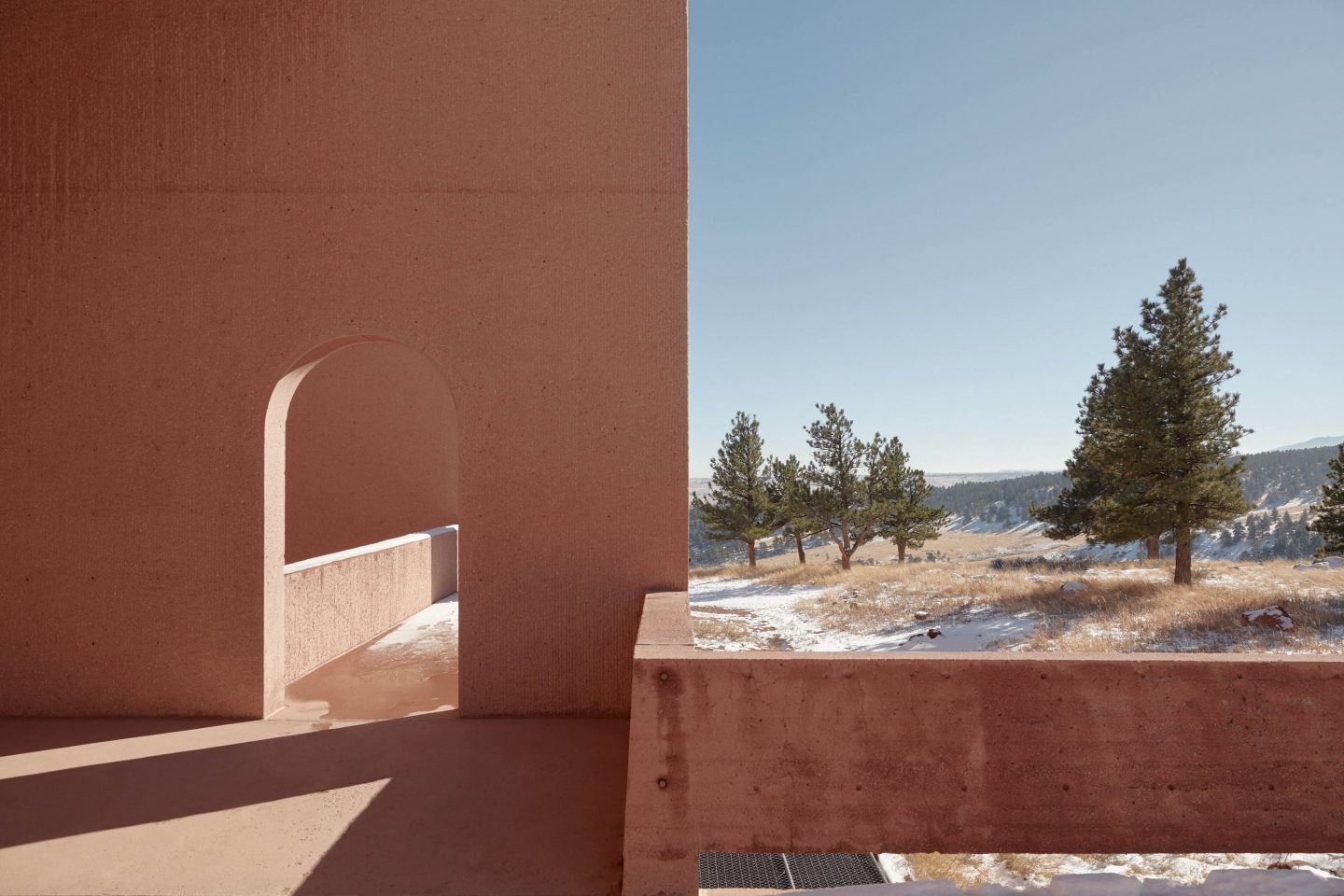
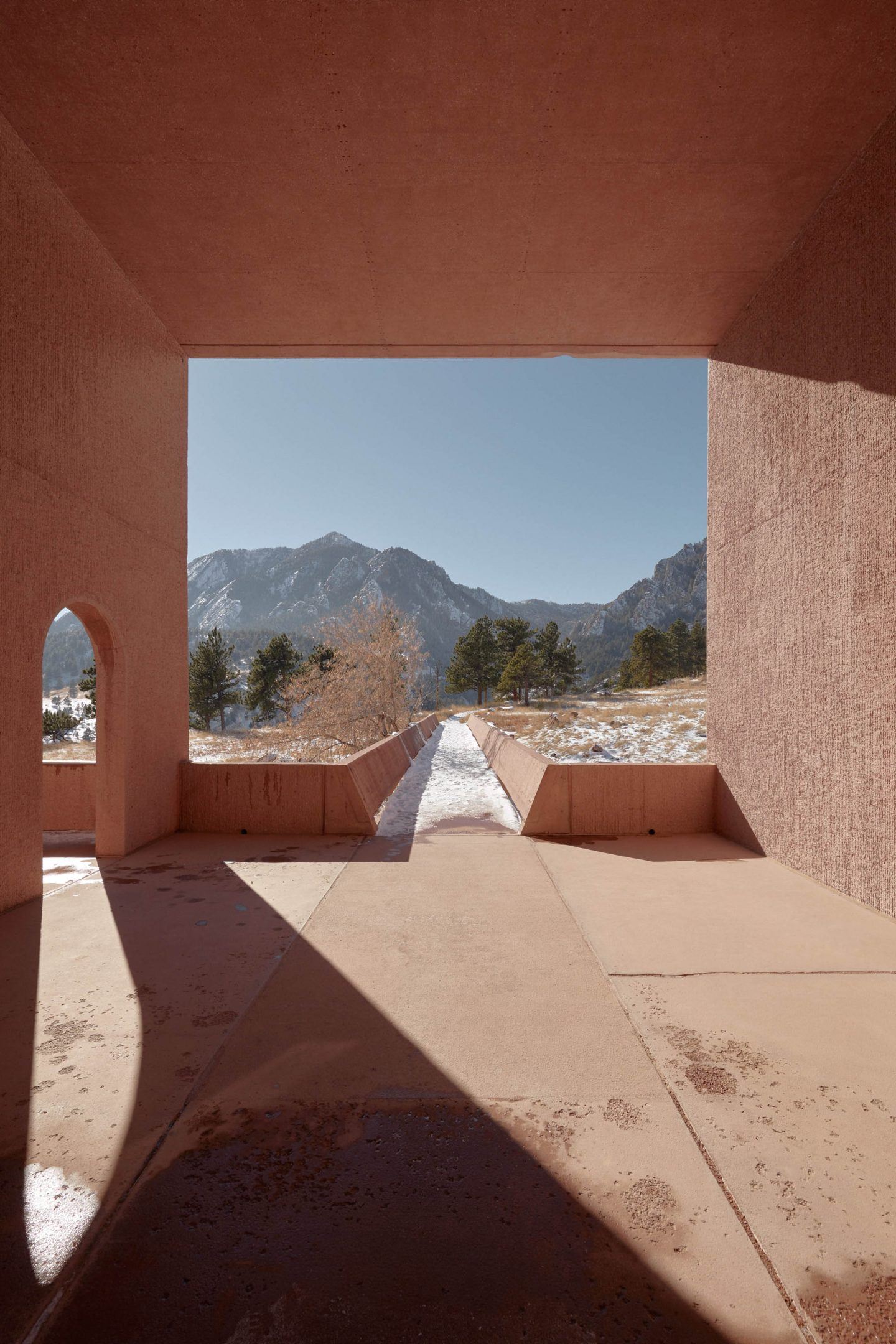
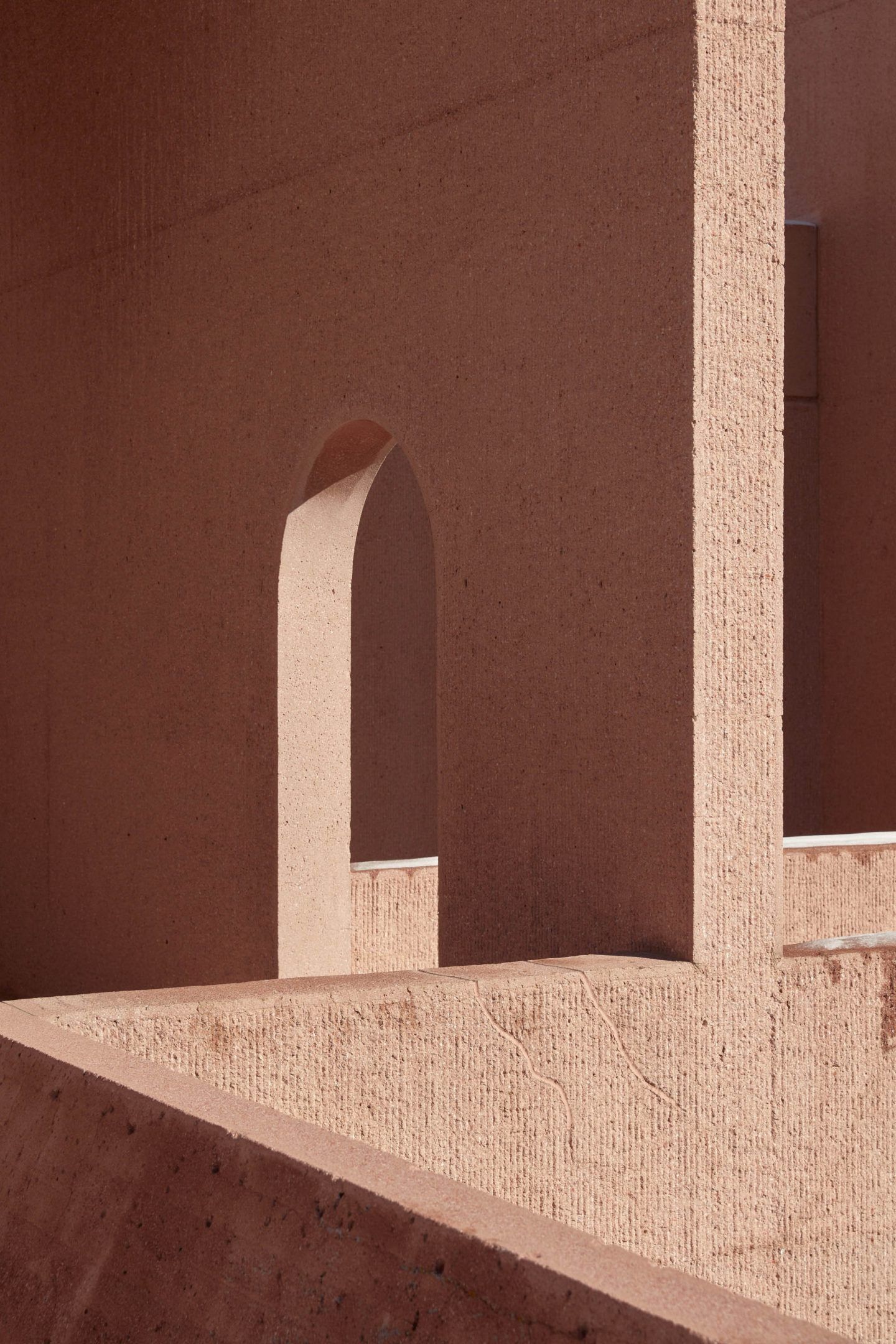
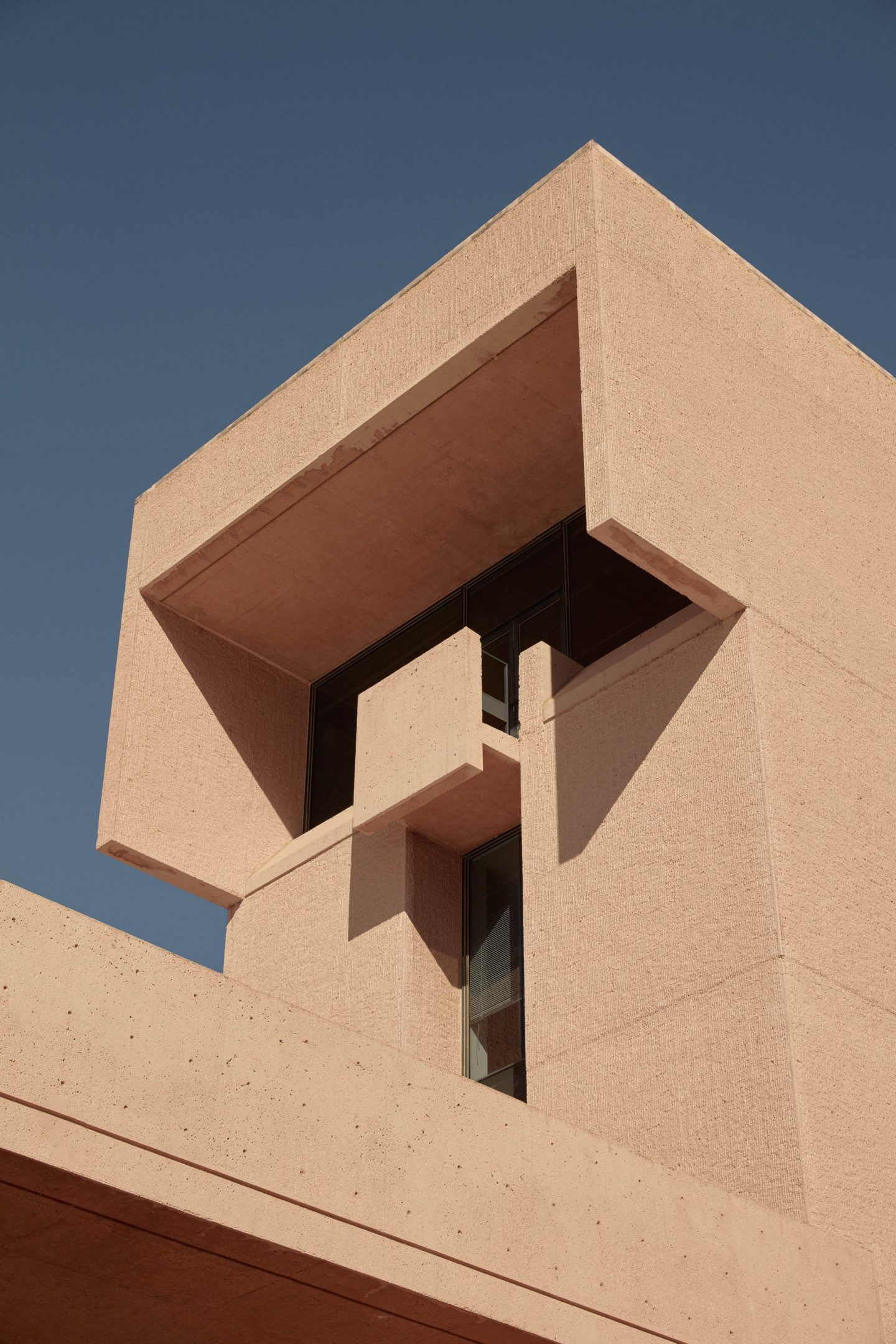
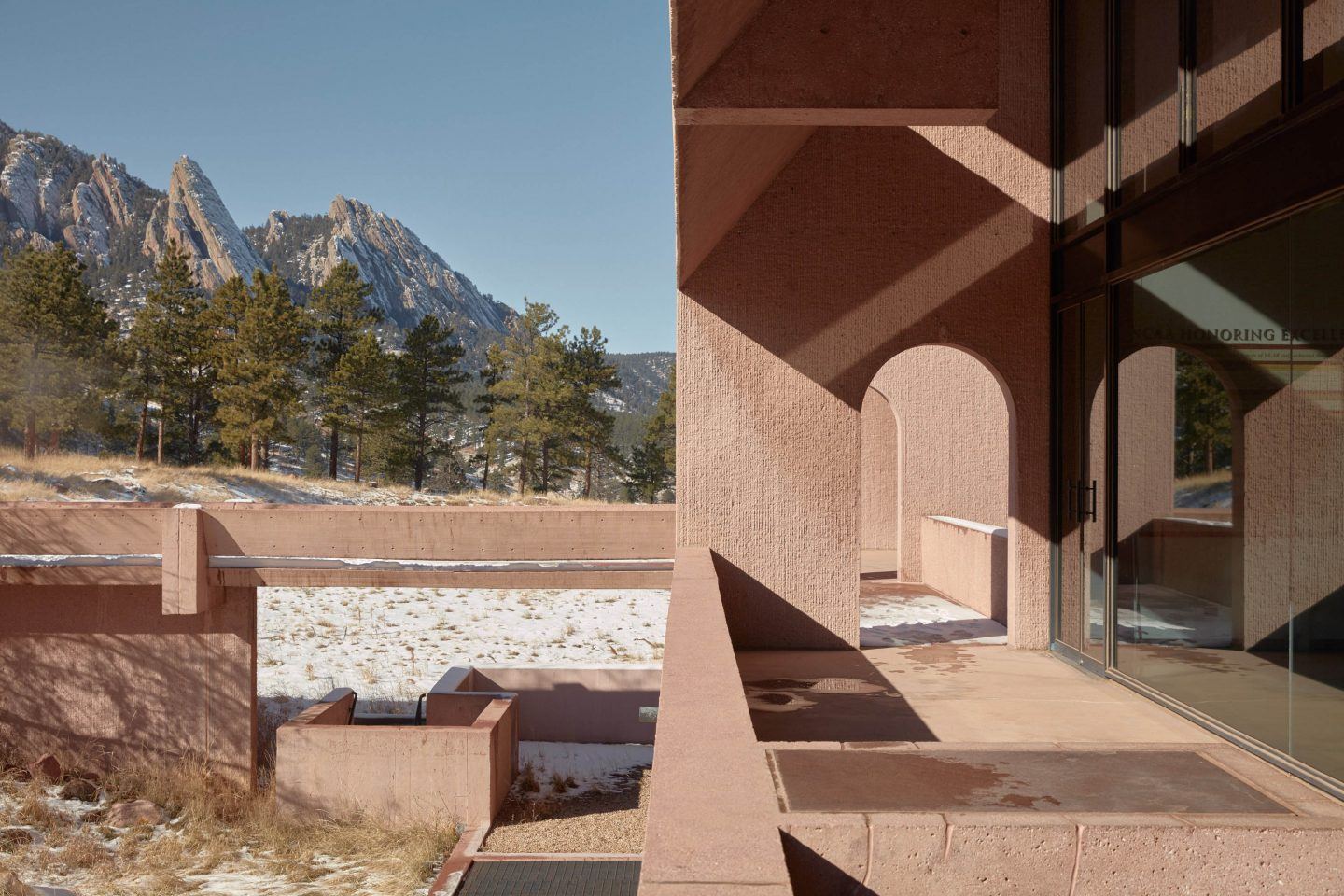
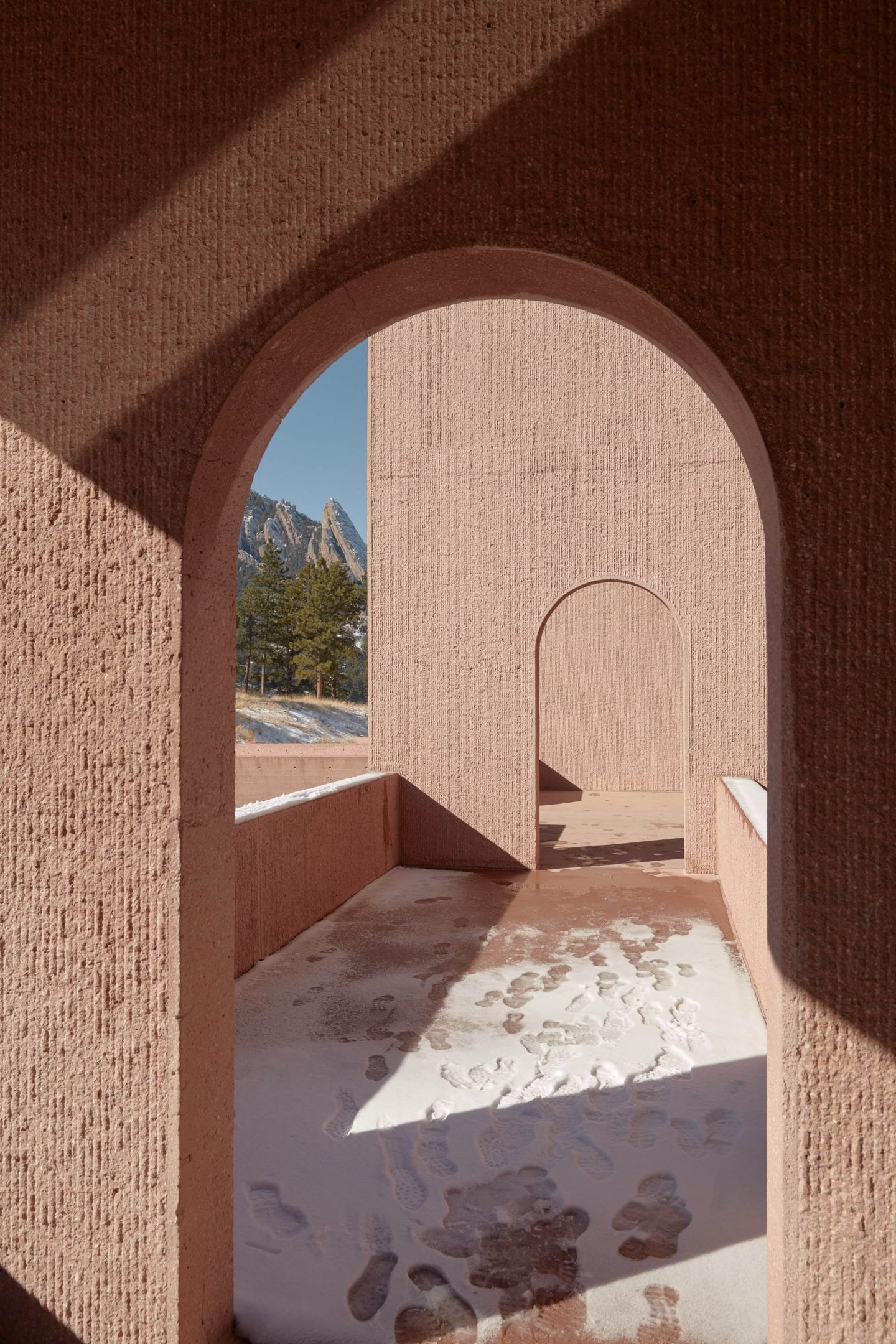
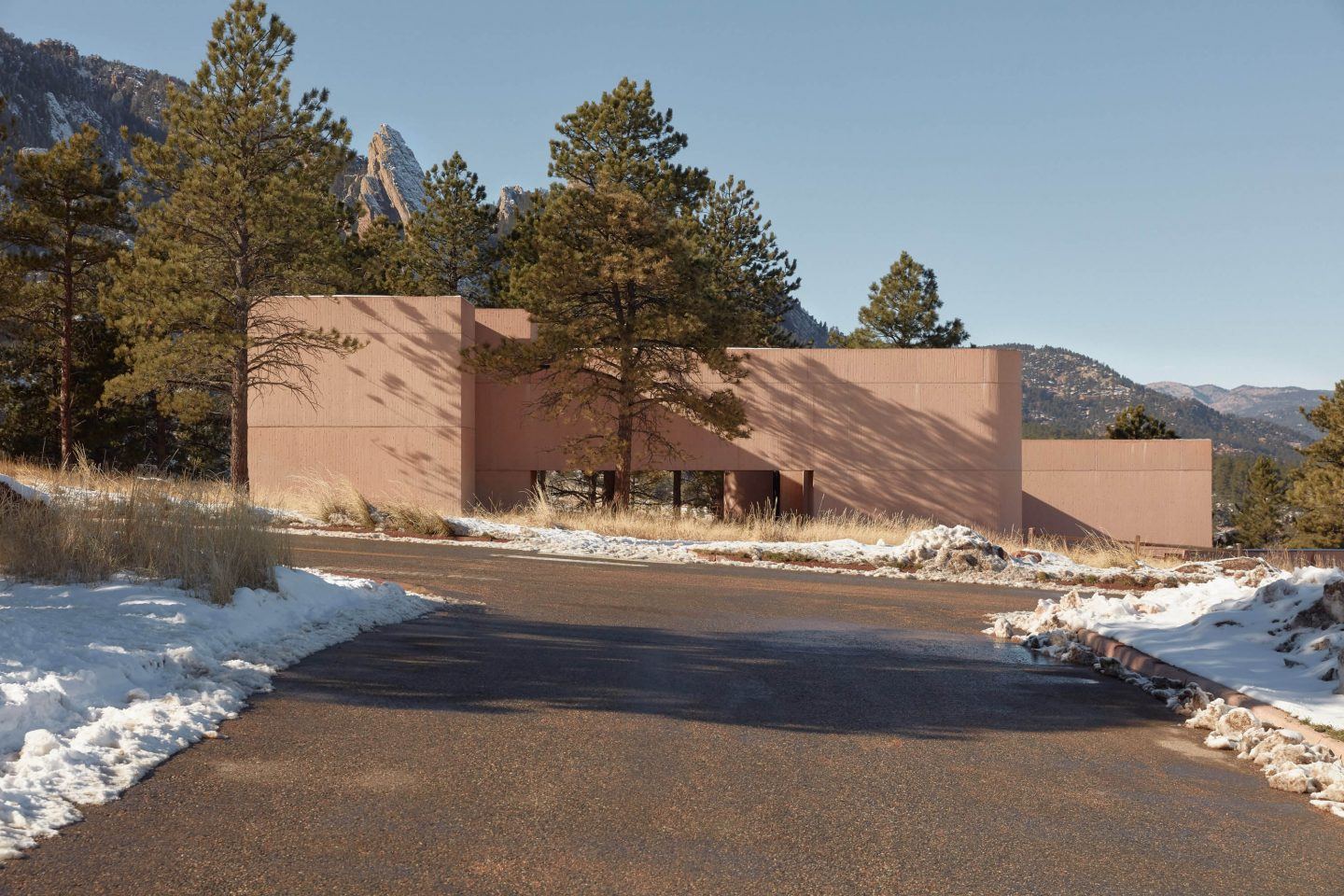
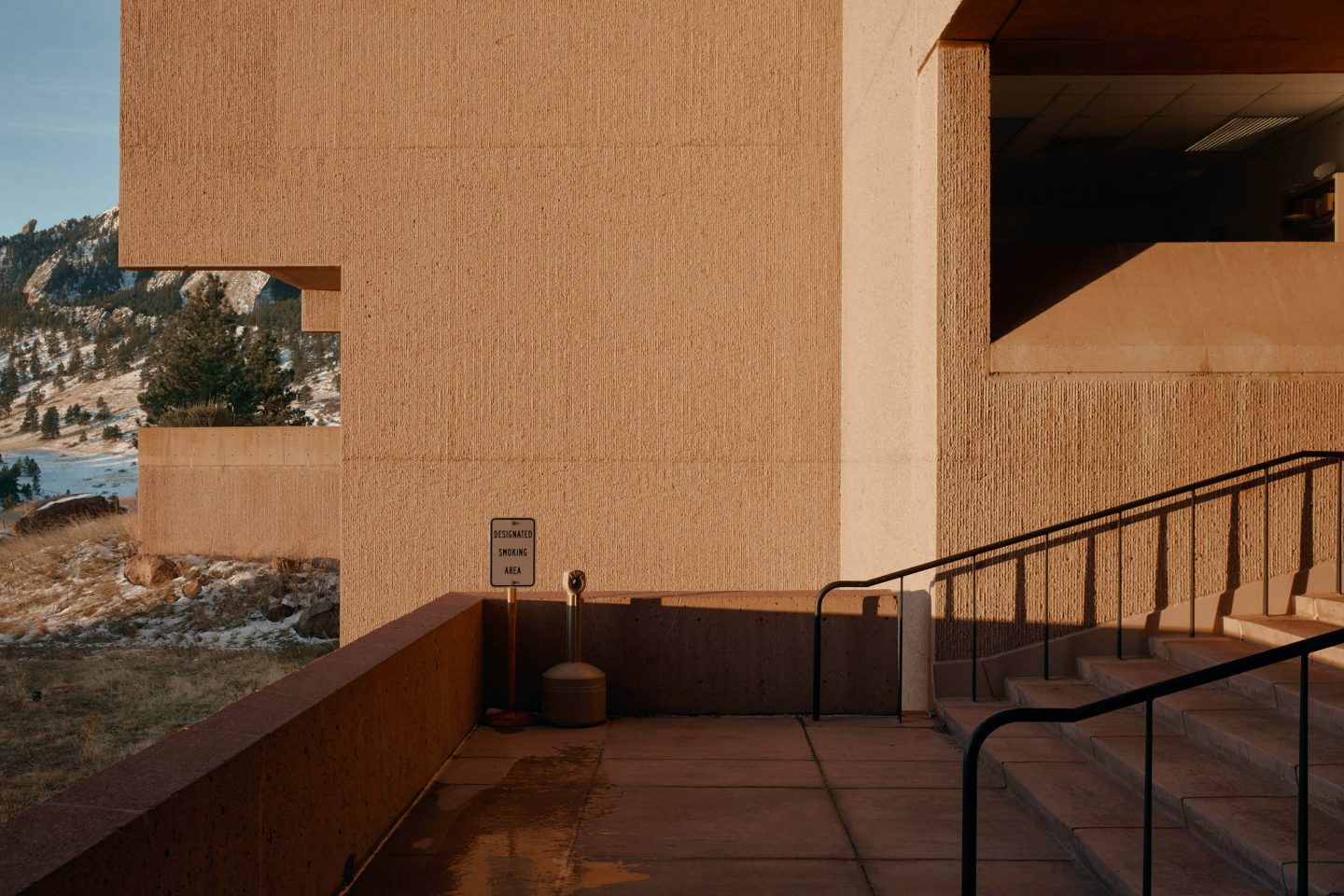
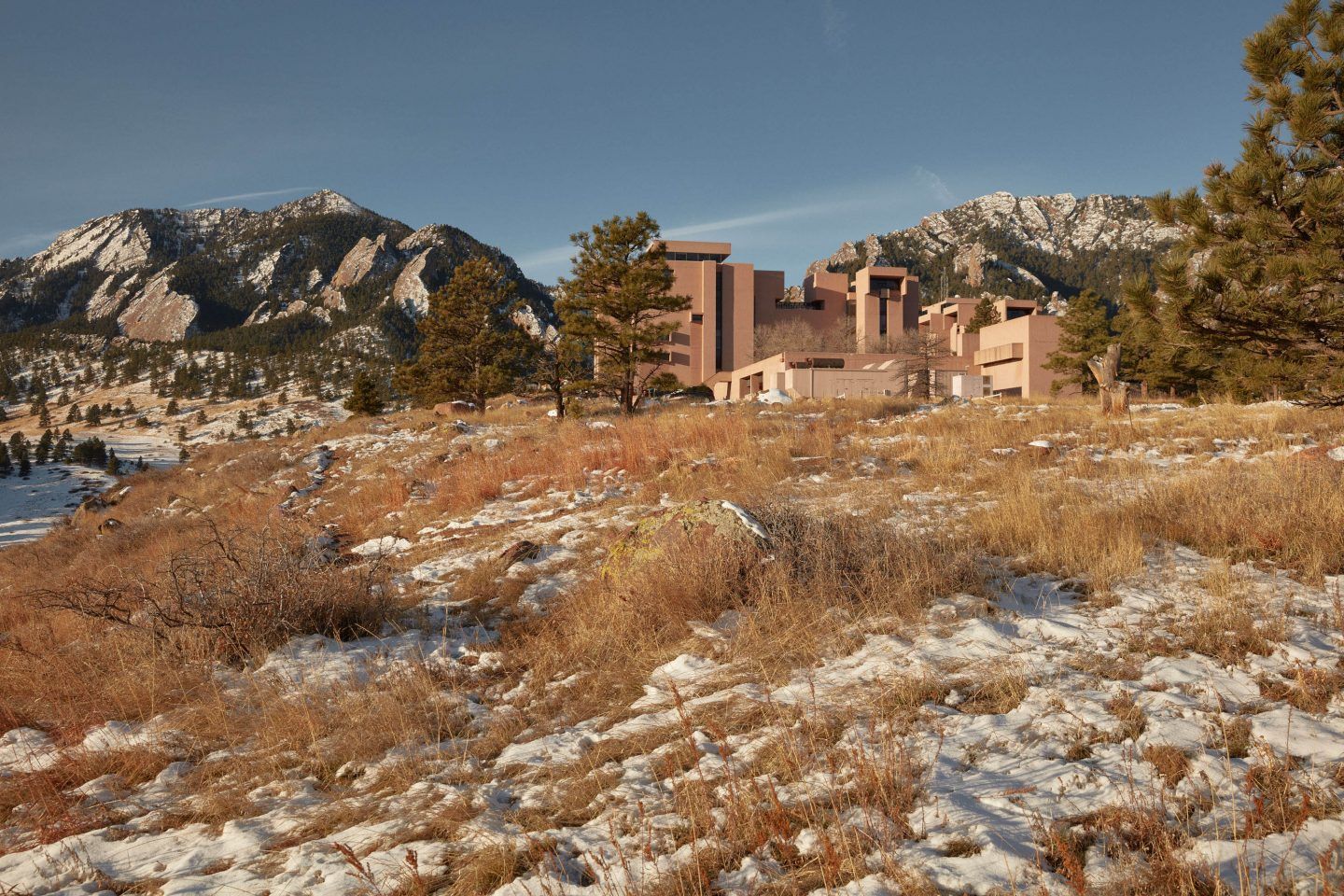
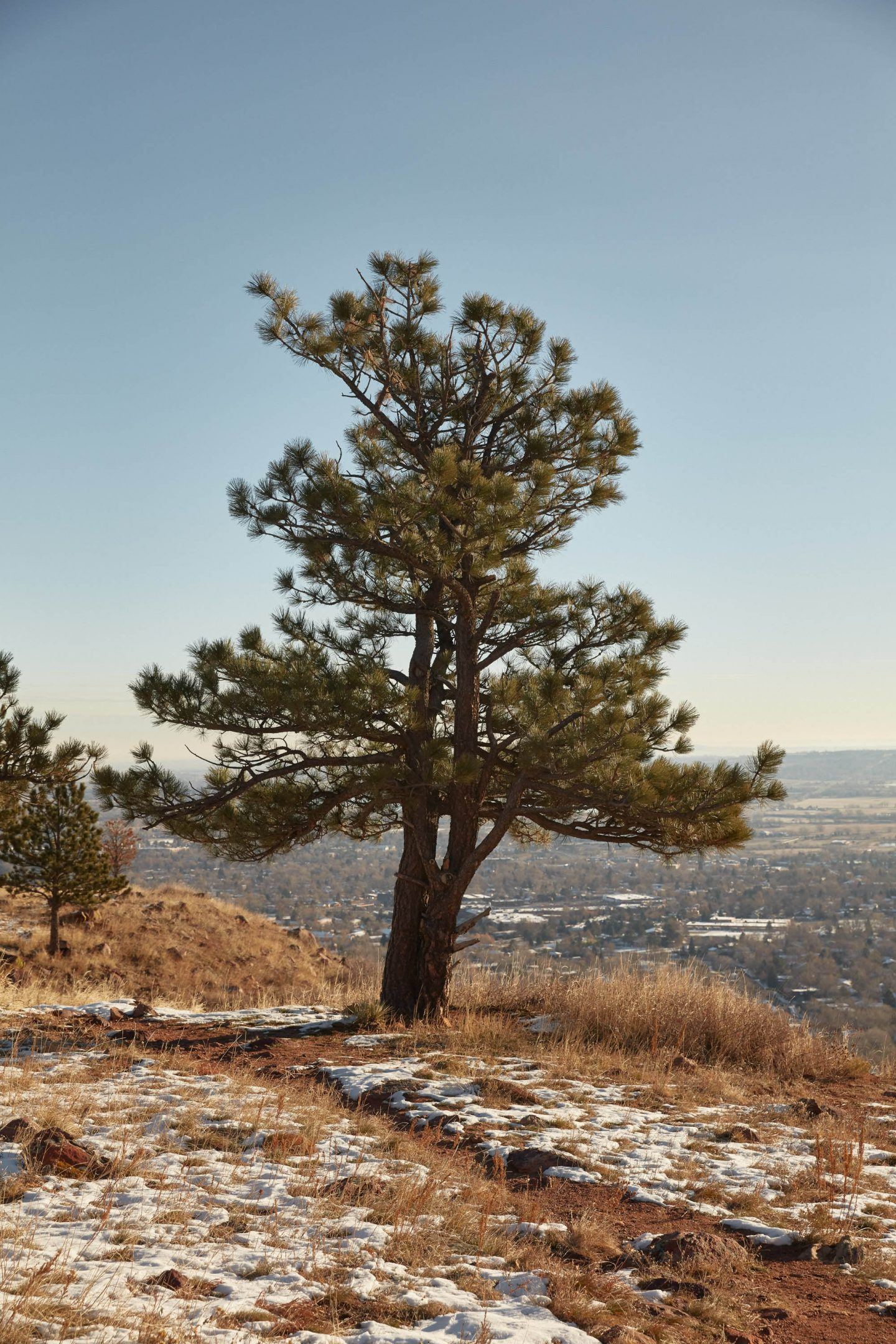
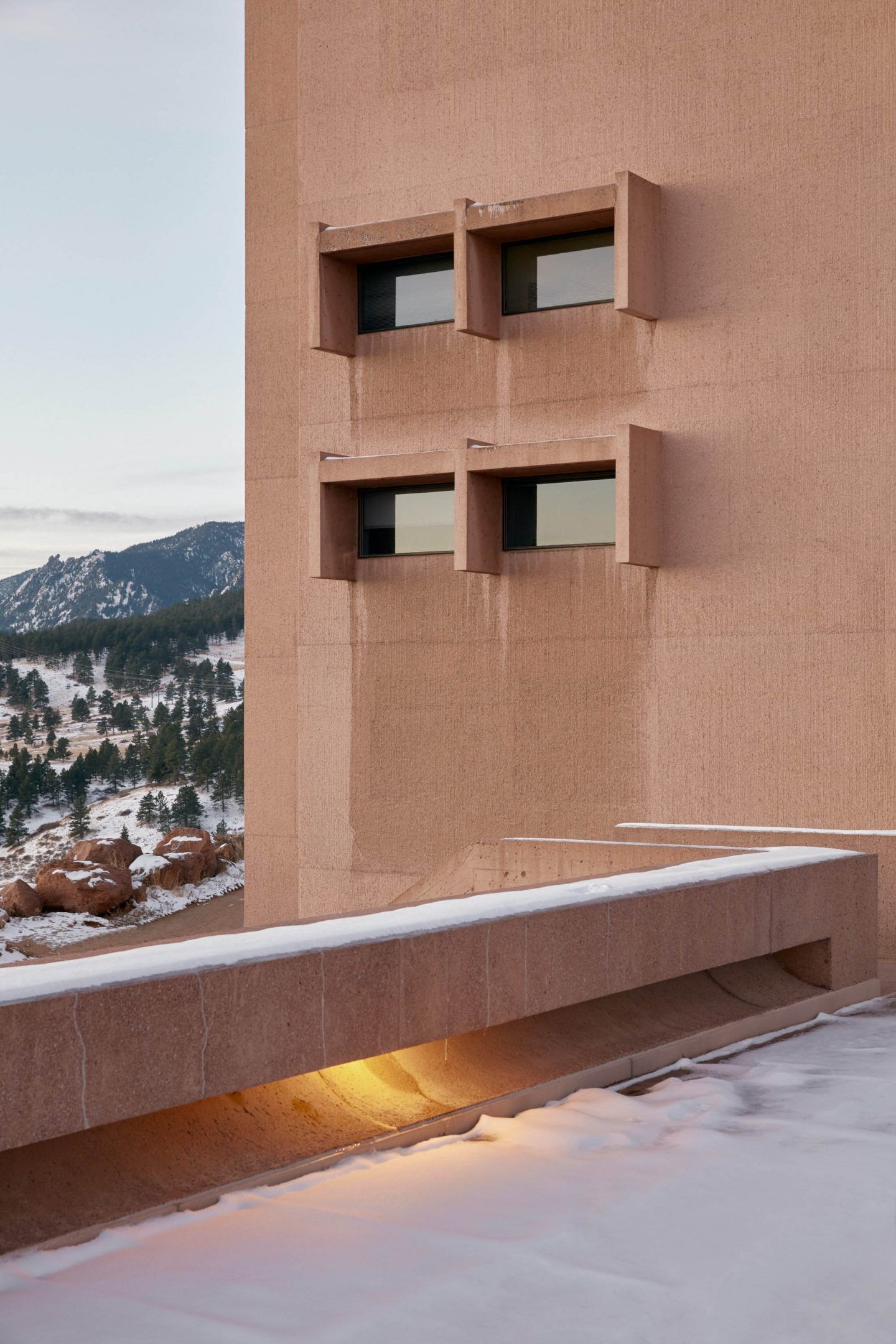
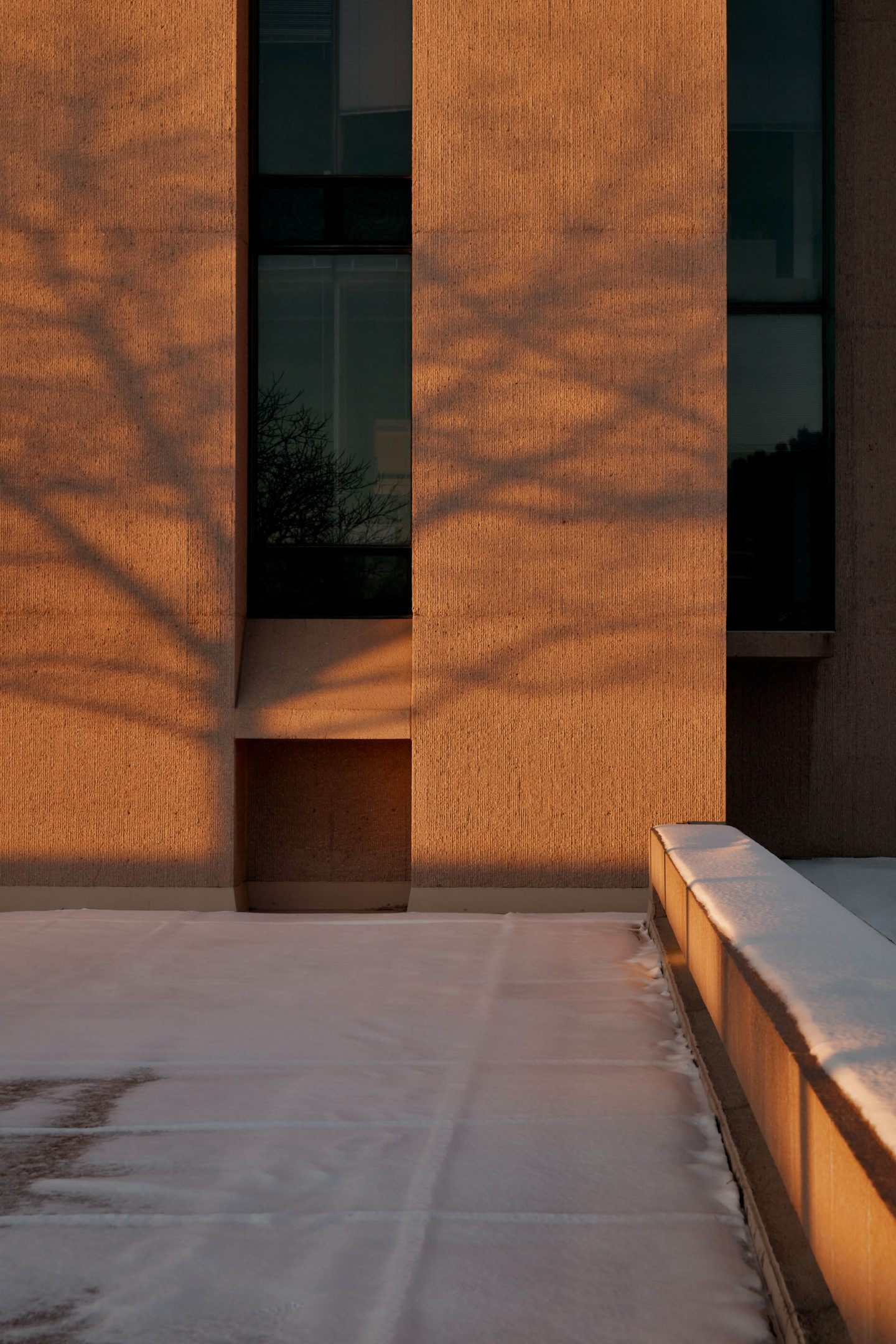
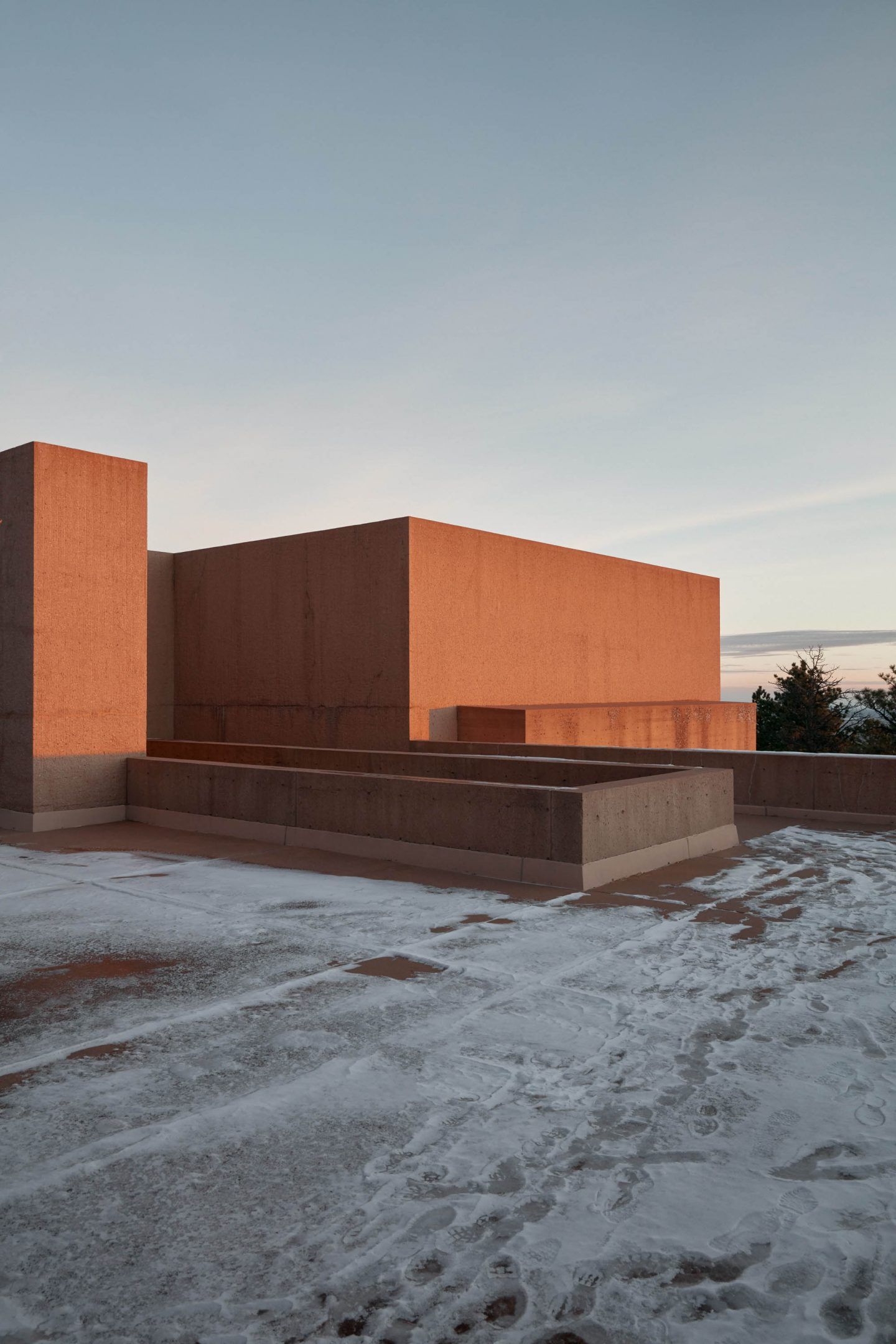
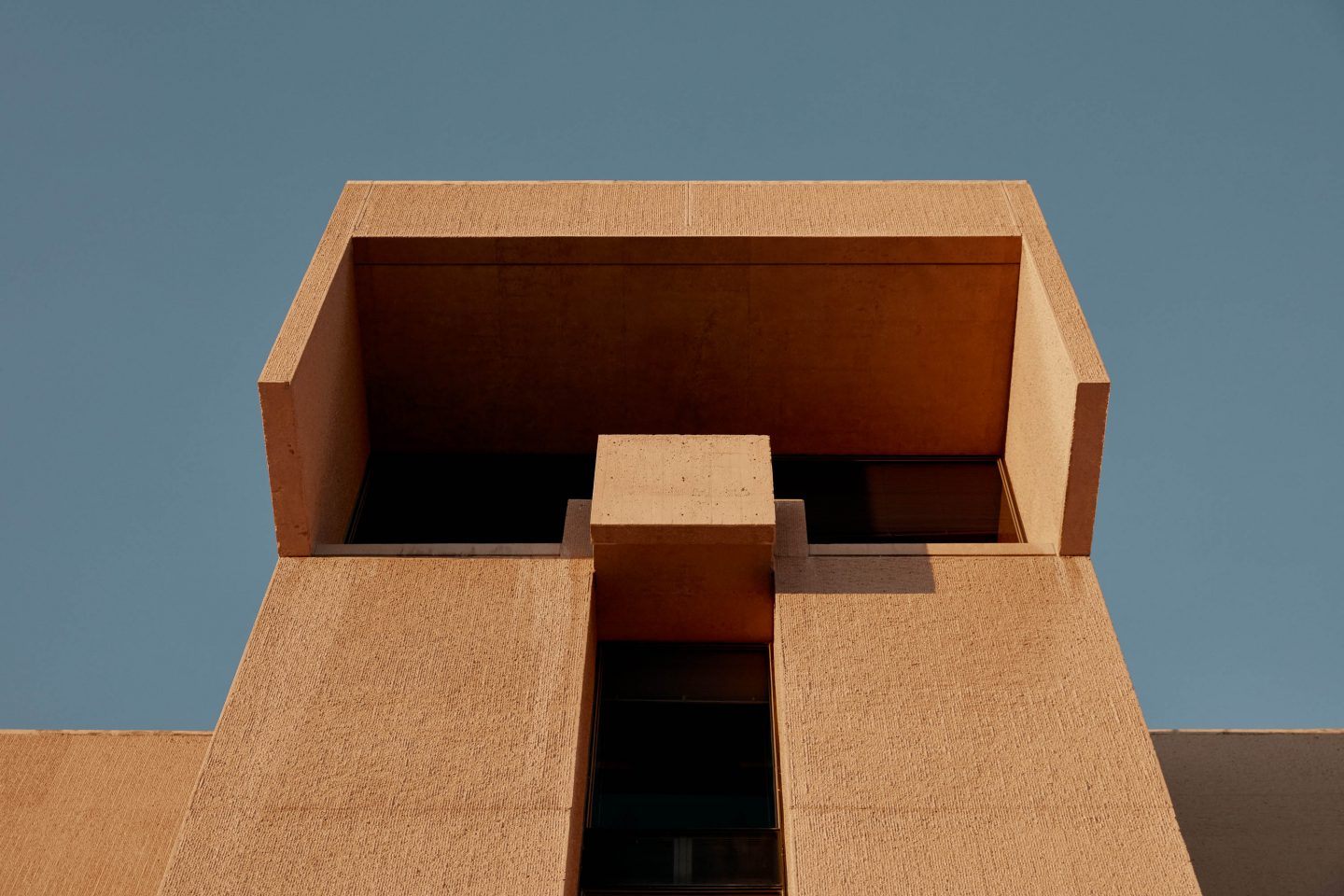
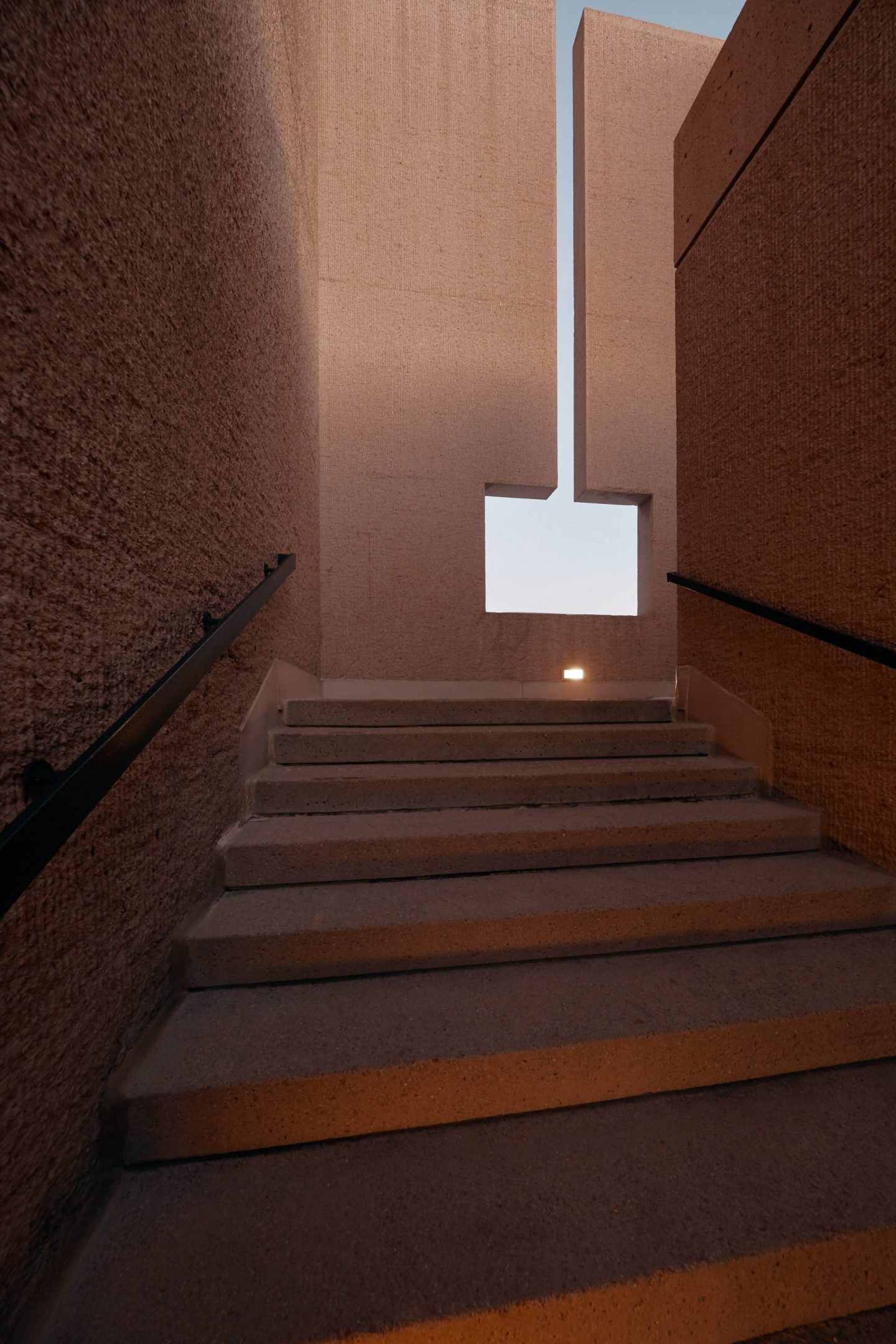
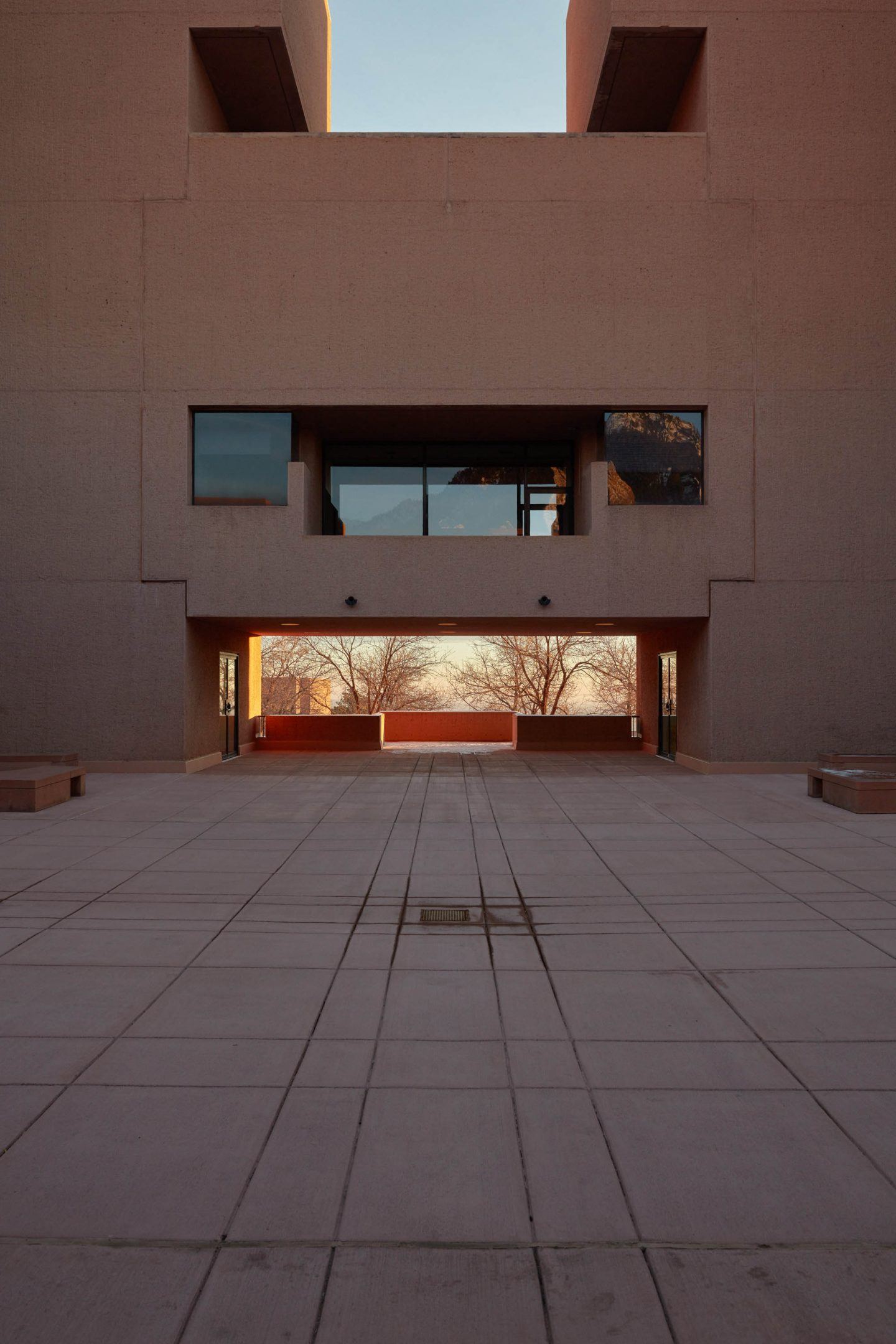
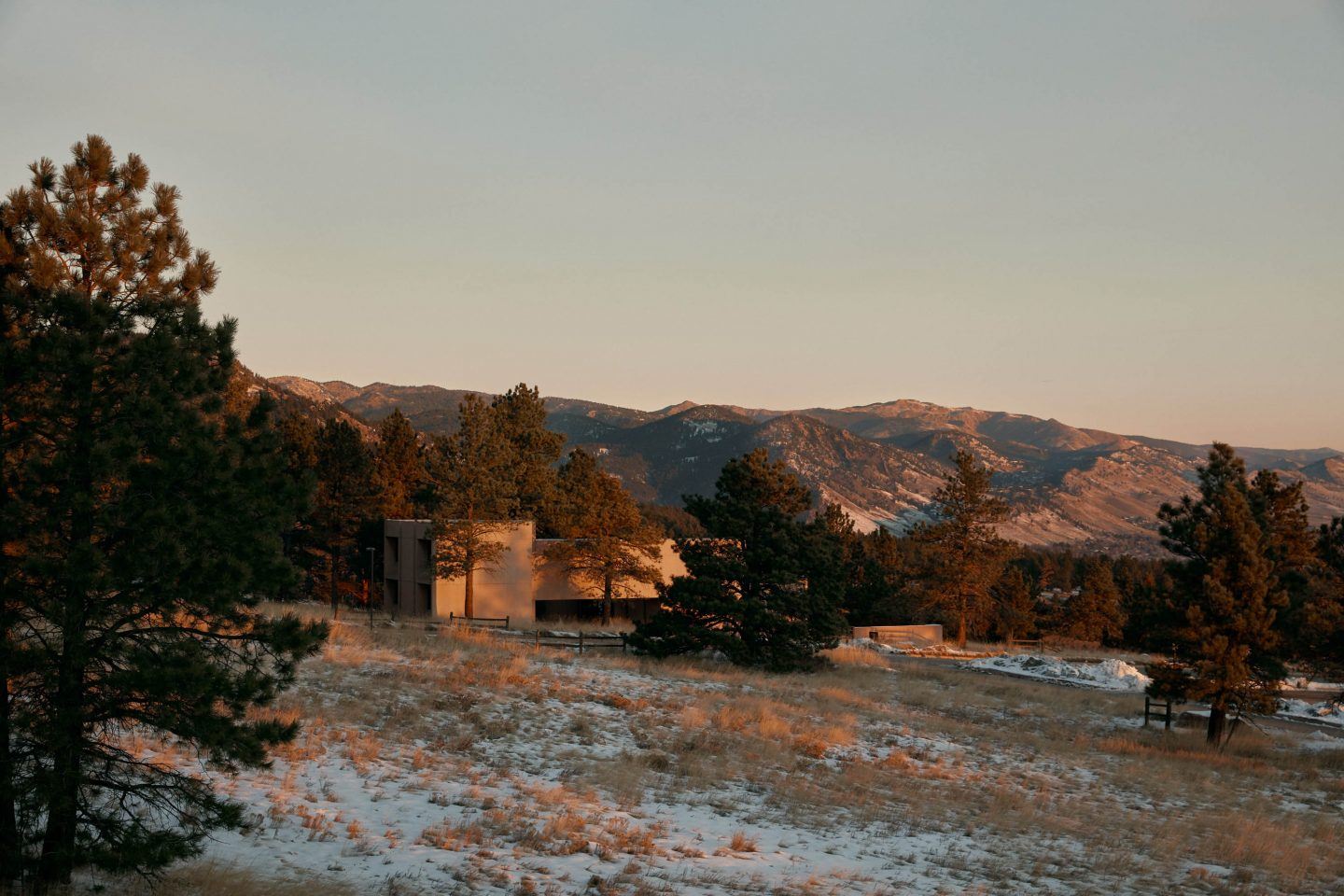
All images © Tom Ross
